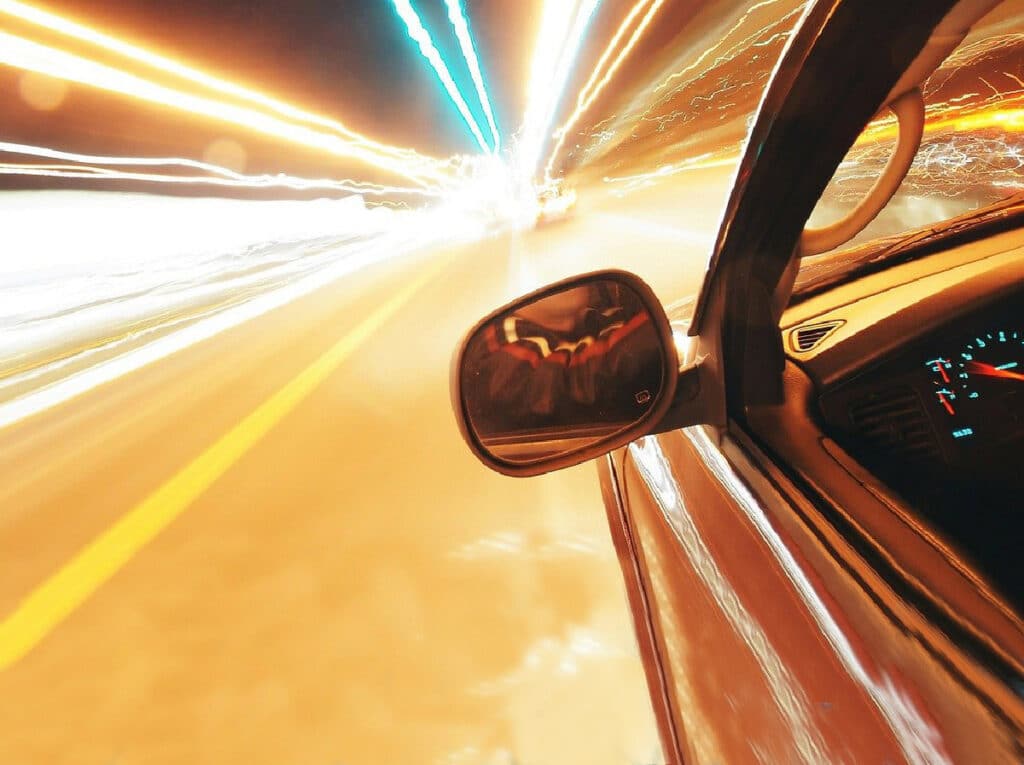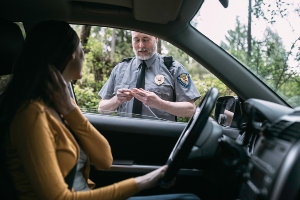Pandemic Clears Roads, Drivers Become More Reckless

New numbers show that fewer cars are driving on U.S. roadways as the country and the world continue to deal with the coronavirus which has created a massive shift to working and learning from home.
However, people who are still hitting the roadways are taking full advantage of the open roads as they put the pedal to the metal.
In Minnesota, for instance, figures show that vehicle crashes and fatalities have more than doubled during COVID-19 compared to previous years. The statistics show that speeding and negligent driving are to blame for at least half of those deaths.
One report from the Governors Highway Safety Association (GHSA) shows that state officials have seen a “severe spike in speeding” during the COVID-19 global pandemic. GHSA believes clear roadways are to blame for the significant surge in motorists hitting speeds over 100 mph.
Examples of reckless driving during COVID-19:
- In Colorado, Indiana, Nebraska, and Utah, police have clocked highway speeds of over 100 mph.
- State police in Florida and Iowa report drivers are going 20 to 40 miles over the posted speed limit.
- In Los Angeles, speeds are up by as much as 30% on some streets.
This increase in speeding is happening as the U.S. experiences historically low traffic numbers. In March, for example, for the first time on record, congestion vanished from U.S. roads. This trafficless world is causing drivers to rev their engines. INRIX says COVID-19 managed in its first three weeks to accomplish what generations of planners and policymakers could not, it eliminated traffic congestion. The traffic research firm found that drivers in major cities like Chicago and Boston continue to hit speeds nearly 75% faster than they hit daily pre COVID-19. They say that scale of change is unprecedented.
Long-term, significant questions linger as to the global pandemic’s implications on traffic congestion, including working from home, grocery delivery, and a reduction in leisure trips. While we are seeing many travel restrictions being changed and lifted, it’s clear to see how we work, shop, and play have evolved due to lockdown.
Preventing high-speed accidents is up to you
- Allow more than enough time to get to where you’re going; this way, you won’t feel the need to speed.
- Keep your top speed under or right at the speed limit. Keep your eyes on your speedometer.
- A clear, congestion-free road is not a free pass to speed.
The deadly dangers of speeding
According to Injury Facts, in 2018, speeding contributed to 26% of all traffic fatalities and killed nearly 10,000 people. In addition to death, high-speed crashes can leave victims with debilitating injuries and debt in the form of lost wages and often crippling hospital bills.
- Crashes at higher speeds are a lot more hazardous. For example, when a driver hits a pedestrian at 20mph, 90% survive. When that speed increase to 40%, 80% of pedestrians die. To put it plainly, the higher the vehicle’s rate of speed, the less time a driver has to stop and avoid a crash.
- The faster a driver goes, the longer it will take them to react and bring their vehicle to a stop.
- When a driver goes at a reasonable speed, they give themselves time to spot hazards and avoid them, avoiding a crash.
- If a driver is speeding, they likely won’t even see or process dangers on the road.
- Speeding decreases a driver’s capacity to cautiously steer the vehicle around curves or any other hazards in the road.
- A driver that is speeding is much more likely to lose control of his/her vehicle.
- As the speed increases, so does the crash’s impact, resulting in much more damage and much more severe injuries.
- Speeding threatens the driver’s life and their passengers as well as all innocent bystanders on the surrounding road.
Injuries caused by high-speed accidents
A number of factors can affect a car crash’s severity and the severity of the injuries sustained in the crash. These factors include speed, type of vehicle, and seatbelt usage.
The most common kinds of high-speed crash injuries include:
- Traumatic brain injury: Traumatic brain injury (TBI) is caused when an outside force causes temporary or permanent brain dysfunction. The severity of a TBI may range from a minor concussion to a tenacious vegetative state. The Centers for Disease Control and Prevention (CDC) says car crashes are the second-leading cause of traumatic brain injuries nationwide. TBIs can lead to memory loss, sensory issues, and breathing issues.
- Whiplash: Whiplash is one of the most common injuries in car accidents. A sudden stop causes whiplash. The sudden stop causes the neck muscles and ligaments to stretch beyond their normal range of motion and damage neck tissue, resulting in painful yet non-life-threatening injuries. Minor whiplash causes mild pain that will go away on its own. In more severe cases, the accident may cause damaged spinal discs.
- Broken bones: Broken bones are a typical injury in any car crash, but they worsen the faster a vehicle travels. The traumatic force of the body against another object can fracture or crush the bones. Typical broken bone injuries include clavicle fractures, leg fractures, facial fractures, and rib fractures. Even the most simple fracture can cause surgery, physical therapy, missed workdays, and so on.
- Spinal cord injuries: People who experience spinal cord injuries will often need ample recovery time, therapy, and some will suffer from permanent, life-changing damages.
- Soft tissue damage: This kind of injury may include cuts, burns, and other abrasions.
- Burns
- Death
Damages from high-speed accidents
There is a direct link between how severe injuries from a car crash are and how fast the cars were going when they hit one another. Ordinarily, cars going at slower speeds when colliding will cause fewer, less serious injuries and less severe damage than high-speed accidents.
Debilitating injuries and extensive damage to cars or property can become financially crippling. With the help of an experienced personal injury attorney, you can improve your chances of getting the compensation you are entitled to after a high-speed car accident. If you can prove that another driver’s excess speed caused your injuries, you may be to recover past and future:
- Medical costs
- Loss of earning capacity
- Physical impairment
- Disfigurement
- Pain and suffering
- Mental anguish
If you are the recent victim of a high-speed car accident, contact us today. Our team of experienced injury attorneys will help you build a strong case and ensure you get the compensation you deserve.
Comments are now closed




Comments